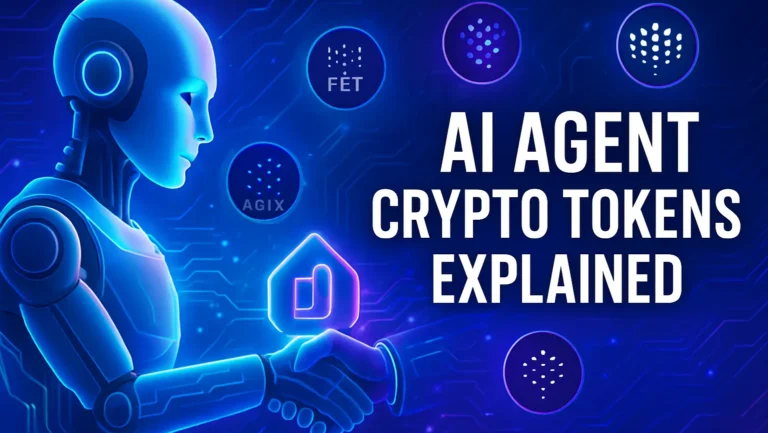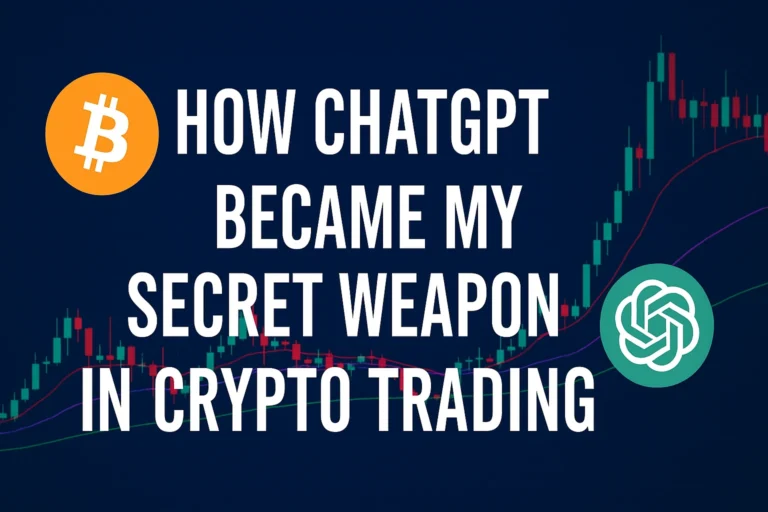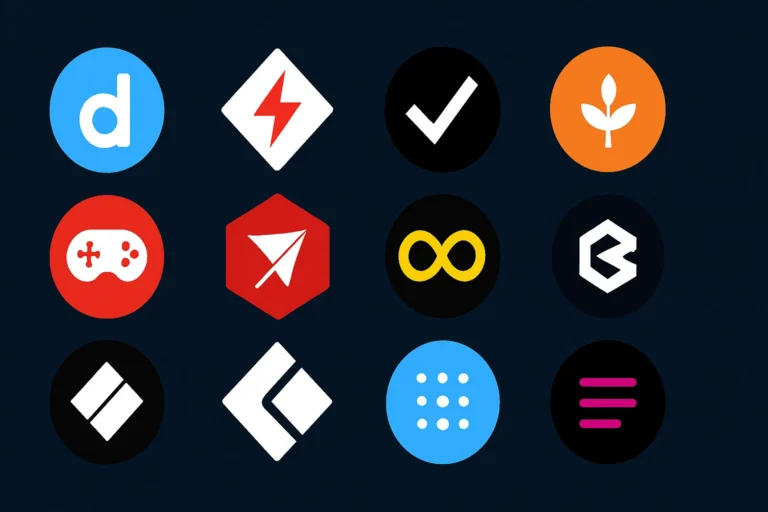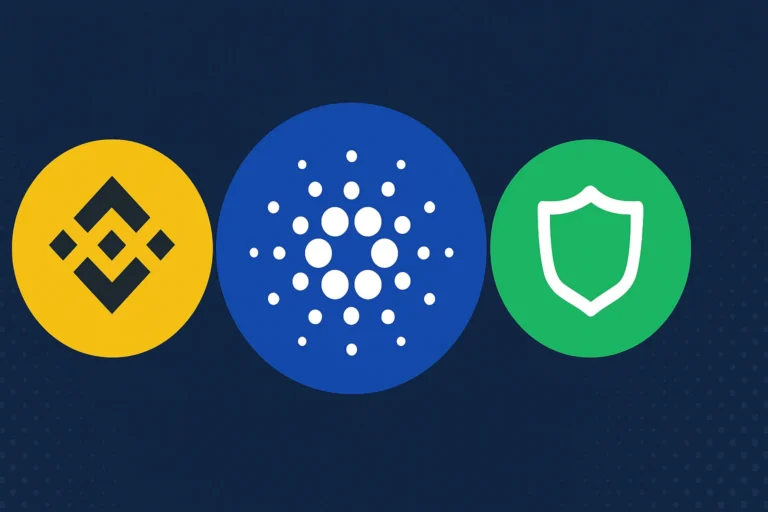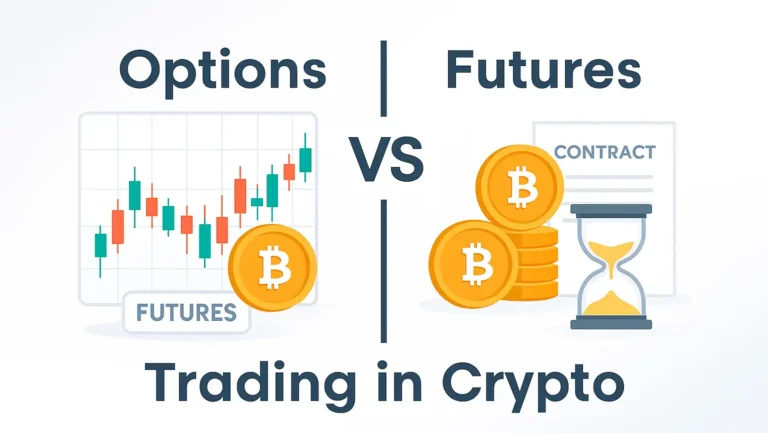Ai And Crypto Integration Use Cases
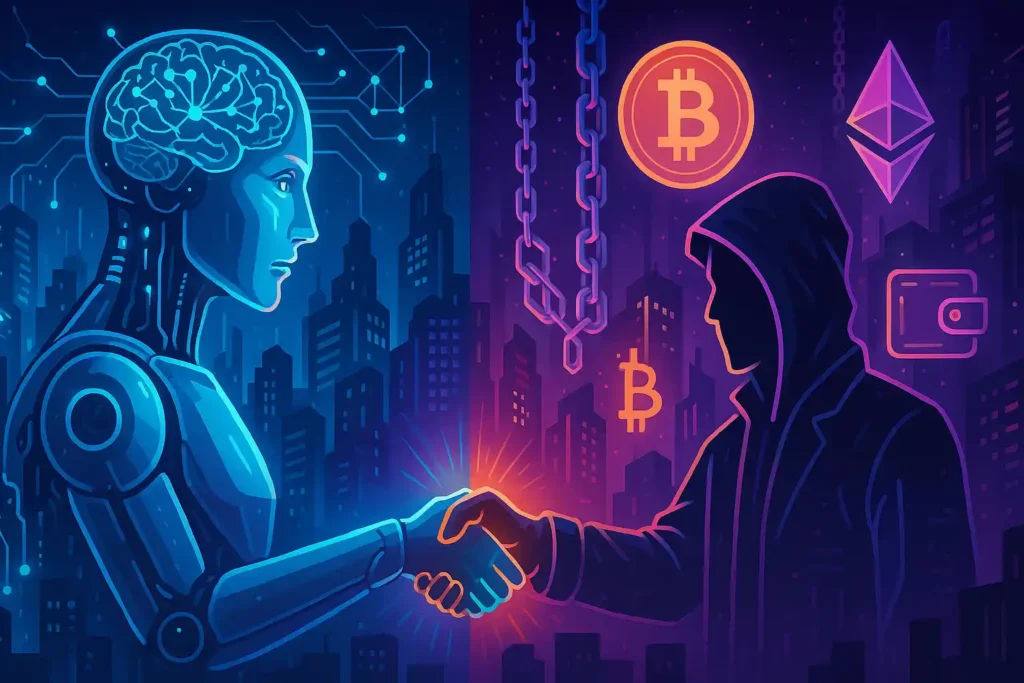
In today’s world, Artificial Intelligence (AI) and cryptocurrency (crypto) are two of the most talked-about technologies. While each is powerful on its own, when combined, they create new possibilities that can change the way we live, work, and do business.
This blog post explains in simple language how AI and crypto work together, what benefits they bring, and why this integration matters for everyone.
AI Helps Make Crypto Safer by Catching Fraud
Crypto transactions happen digitally and quickly, which sometimes attracts fraudsters trying to steal money or commit scams. AI acts like a smart watchdog.
- What AI Does: It monitors millions of crypto transactions in real time and looks for unusual patterns, like sudden large transfers or suspicious wallet activity.
- Why It Matters: Early detection helps stop fraud before it causes big damage. It protects exchanges, businesses, and users.
- AI systems learn from past fraud cases, so they get better at spotting new tricks fraudsters try.
AI Makes Crypto Trading Smarter and Easier
Crypto prices can change very fast, making trading stressful and difficult for most people.
- How AI Helps: AI-powered trading bots analyze huge amounts of market data, including price trends, news, and social media, to make quick, smart trading decisions.
- Benefits: These bots can trade 24/7 without emotions, reducing losses and increasing profits. They also manage your investment portfolio by automatically balancing assets.
- Some AI bots can learn from your preferences and risk tolerance to customize trading strategies just for you.
Giving Loans and Credit More Fairly Using AI and Crypto
Many people find it hard to get loans because they don’t have traditional credit scores.
- AI’s Role: AI evaluates alternative data like your crypto transaction history and online behavior to assess your creditworthiness.
- How Crypto Helps: Blockchain provides a secure, transparent record of your financial activity, making it easier for AI to verify your financial health. This opens up financial services to millions who were previously excluded from banks.
Predicting Future Events with AI and Crypto
Prediction markets allow people to bet on outcomes like elections or sports results. Users can earn rewards by making correct predictions, creating an incentive for accurate forecasting.
- AI’s Contribution: AI improves the accuracy of predictions by analyzing large datasets and detecting trends.
- Crypto’s Role: Blockchain ensures the prediction market is fair and transparent, preventing cheating.
Creating Unique Digital Art and NFTs with AI
NFTs (Non-Fungible Tokens) are unique digital items like art, music, or game assets.
- How AI Adds Value: AI can generate original art or music, create interactive NFTs that respond to users, or evolve over time.
- Blockchain’s Role: It proves ownership and authenticity of NFTs, preventing copying or fraud. This combination allows artists to create new forms of digital creativity and earn royalties automatically.
Making AI Services Available to Everyone Using Crypto
AI development is expensive and complex, but crypto platforms are changing that.
- How It Works: Decentralized marketplaces let AI developers sell their AI tools and services for crypto tokens.
- Benefit: Anyone can access advanced AI without building it themselves, and developers get paid fairly. This encourages innovation and collaboration across the globe.
Improving Supply Chains with AI and Blockchain
Tracking products from factory to customer is complicated.
- Blockchain’s Job: It keeps an unchangeable record of every step a product takes.
- AI’s Job: It analyzes this data to optimize routes, predict delays, and detect counterfeit goods. This leads to faster deliveries, less waste, and more trust in product authenticity.
Automating Payments and Money Transfers
AI can manage your crypto wallet and payments automatically.
- How It Works: AI agents can pay bills, send money, or trade assets at the right time without mistakes.
- Benefit: This saves you time and avoids missed payments or errors. Some wallets use AI to suggest the best times to buy or sell crypto based on market trends.
Helping Musicians, Filmmakers, and Creators
AI can create music, videos, and other content, while blockchain ensures creators get paid.
- How It Helps: AI tools compose songs or generate videos, and blockchain tracks who owns what.
- Benefit: Artists get fair royalties and can reach global audiences easily. This reduces piracy and helps creators earn directly from fans.
Faster and Safer Identity Verification
KYC (Know Your Customer) is essential for financial services.
- AI’s Role: It quickly verifies your documents and identity.
- Blockchain’s Role: It stores your identity data securely and privately.
Smarter Decentralized Finance (DeFi)
DeFi lets you do banking without banks, and AI makes it safer and more profitable.
- How AI Helps: It finds the best interest rates, manages risks, and optimizes lending and borrowing strategies.
- Benefit: Users get better returns and lower chances of losing money. AI can also detect scams in DeFi projects before you invest.
Real Examples of AI and Crypto Working Together
- Big banks use AI to monitor transactions and stop fraud instantly.
- Hedge funds use AI models contributed by people worldwide to predict market trends and pay them in crypto.
- Blockchain analytics companies use AI to track illegal crypto activities and help regulators.
Challenges to Keep in Mind
- Privacy: AI needs data, but your personal info must stay safe.
- Regulations: Governments are still making rules for AI and crypto, so companies must be careful.
- Complexity: These technologies are complicated, but they are becoming easier to use every day.
Here are the main challenges and considerations when integrating AI and crypto, explained in easy, clear language:
1. Data Quality and Availability
AI systems need a lot of good, clean data to work well. In crypto, data is often scattered, incomplete, or not standardized. This makes it hard for AI to give accurate results. If the data is poor, AI can make wrong predictions or decisions, which can lead to losses.
2. Scalability Issues
Both AI and blockchain require a lot of computer power. Blockchain networks can become slow and expensive as they grow, and AI models need fast, powerful computers.
When you try to run AI on blockchain, things can get even slower and more costly. This makes it tough to use these technologies together for big projects.
3. Integration Complexity
Combining AI and blockchain is not easy. It often needs experts from both fields, and connecting the two systems can be complicated and expensive.
Many existing systems are not ready for this integration, so companies may need to spend a lot of time and money to upgrade or rebuild their tech.
4. High Energy Consumption
Crypto mining and some blockchains use a lot of electricity, especially those using Proof of Work. Adding AI, especially big models can increase energy use even more, raising environmental concerns.
5. Regulatory and Legal Uncertainty
Laws about crypto and AI are still changing in many countries. New rules can come suddenly, making it hard for companies to plan for the future.
This uncertainty can scare away investors and slow down adoption.
6. Security and Privacy Risks
AI needs access to data, and blockchain keeps data open and permanent. This creates privacy concerns.
Also, if AI systems are not well protected, hackers can attack them or steal sensitive information. Managing private keys and keeping wallets safe is also a big challenge for non-technical users.
7. Lack of Transparency in AI
Many AI models, especially deep learning, are like “black boxes” it’s hard to understand how they make decisions. In crypto, where trust and transparency are important, this lack of clarity can make users nervous about using AI-powered tools.
8. Ethical and Governance Challenges
AI can sometimes be biased or make unfair decisions. If not managed well, this can cause problems, especially in financial services. Also, decentralized crypto projects can face governance issues, like disagreements about how to run the system or what rules to follow.
9. Interoperability Problems
Different blockchains and AI systems often don’t “talk” to each other easily. This makes it hard to build solutions that work across multiple platforms or networks.
10. High Costs
Setting up and running AI with blockchain can be expensive. You need skilled people, powerful computers, and sometimes special hardware. This can be a barrier for small companies or new projects.
11. Security Risks in AI Trading
AI trading bots can make mistakes if they are not set up properly, especially in the fast-moving crypto market. Sudden market changes or bugs in the AI can lead to unexpected losses.
12. Ongoing Development and Need for Innovation
The technology is still new and developing. Many current AI-crypto projects are not fully decentralized or trustless yet.
There is a risk that some projects are more about hype than real innovation. Continuous research and better governance are needed to make these systems truly reliable and trustworthy.
While AI and crypto together can do amazing things, there are real challenges like data quality, speed, cost, privacy, and legal issues that need to be solved for these technologies to reach their full potential.
Conclusion
AI and crypto together are creating a smarter, faster, and safer digital world. Whether it’s protecting your money, helping you invest, creating new art, or making services easier, this powerful combination is changing the way we live and work.
The future holds even more exciting possibilities as these technologies grow.
If you want to learn more about any specific use or have questions, feel free to ask! I hope you must liked info of AI and Crypto.
Faqs
Q1. What does AI do in crypto?
AI helps make crypto safer, faster, and smarter by catching fraud, automating trading, and analyzing data.
Q2. How does AI improve crypto trading?
AI trading bots can buy and sell coins automatically, using smart analysis to get better results.
Q3. Can AI and crypto be used outside finance?
Yes! They are used in healthcare, supply chain, digital art (NFTs), and more.
Q4. Are there any risks with AI and crypto?
Yes, challenges include data privacy, high energy use, and changing government rules.
Q5. Do I need to be a tech expert to use AI-crypto tools?
No, many platforms are user-friendly. But always do your own research before using new tools.
Contents
- 0.1 AI Helps Make Crypto Safer by Catching Fraud
- 0.2 AI Makes Crypto Trading Smarter and Easier
- 0.3 Giving Loans and Credit More Fairly Using AI and Crypto
- 0.4 Predicting Future Events with AI and Crypto
- 0.5 Creating Unique Digital Art and NFTs with AI
- 0.6 Making AI Services Available to Everyone Using Crypto
- 0.7 Improving Supply Chains with AI and Blockchain
- 0.8 Automating Payments and Money Transfers
- 0.9 Helping Musicians, Filmmakers, and Creators
- 0.10 Faster and Safer Identity Verification
- 0.11 Smarter Decentralized Finance (DeFi)
- 0.12 Real Examples of AI and Crypto Working Together
- 1 Challenges to Keep in Mind
- 1.1 1. Data Quality and Availability
- 1.2 2. Scalability Issues
- 1.3 3. Integration Complexity
- 1.4 4. High Energy Consumption
- 1.5 5. Regulatory and Legal Uncertainty
- 1.6 6. Security and Privacy Risks
- 1.7 7. Lack of Transparency in AI
- 1.8 8. Ethical and Governance Challenges
- 1.9 9. Interoperability Problems
- 1.10 10. High Costs
- 1.11 11. Security Risks in AI Trading
- 1.12 12. Ongoing Development and Need for Innovation
- 2 Conclusion
- 3 Faqs



